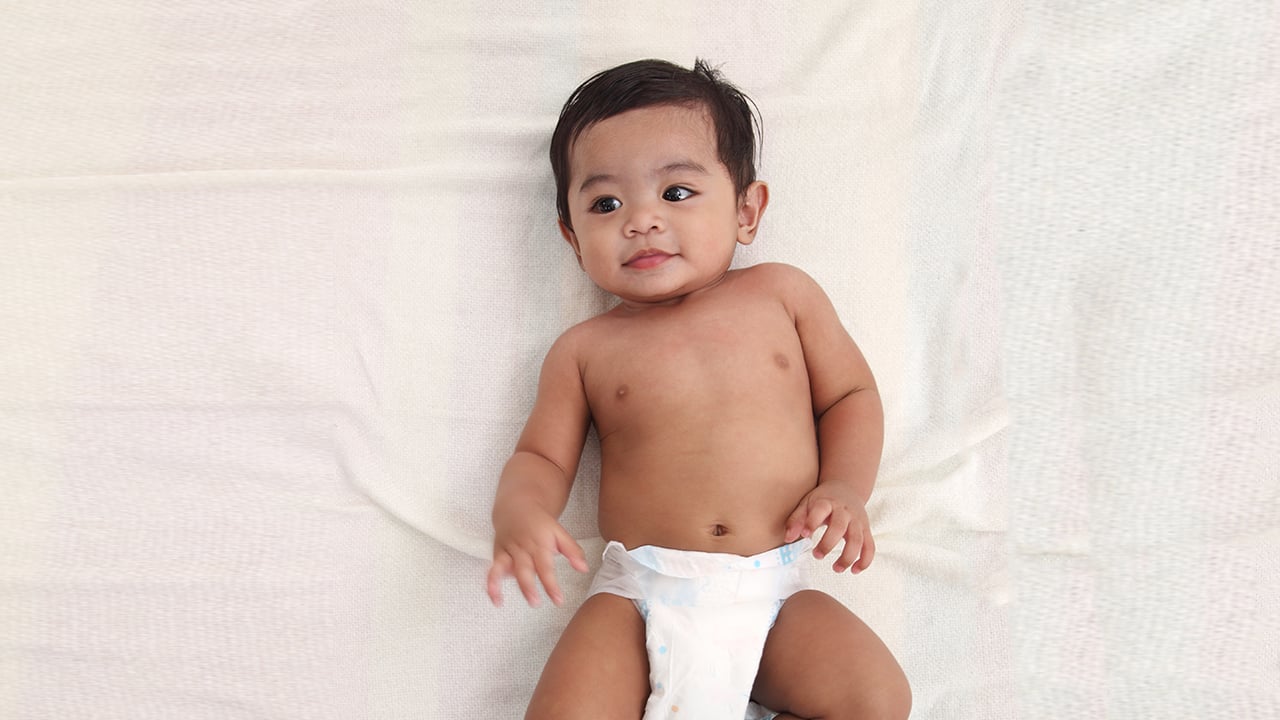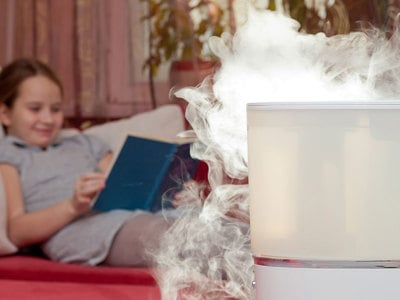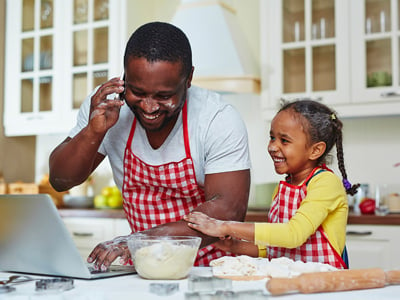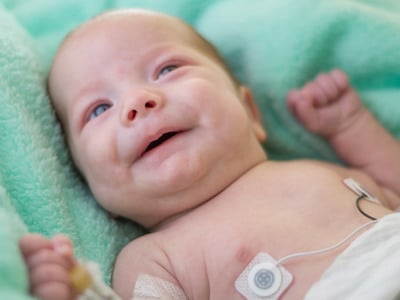- Doctors & Departments
-
Conditions & Advice
- Overview
- Conditions and Symptoms
- Symptom Checker
- Parent Resources
- The Connection Journey
- Calm A Crying Baby
- Sports Articles
- Dosage Tables
- Baby Guide
-
Your Visit
- Overview
- Prepare for Your Visit
- Your Overnight Stay
- Send a Cheer Card
- Family and Patient Resources
- Patient Cost Estimate
- Insurance and Financial Resources
- Online Bill Pay
- Medical Records
- Policies and Procedures
- We Ask Because We Care
Click to find the locations nearest youFind locations by region
See all locations -
Community
- Overview
- Addressing the Youth Mental Health Crisis
- Calendar of Events
- Child Health Advocacy
- Community Health
- Community Partners
- Corporate Relations
- Global Health
- Patient Advocacy
- Patient Stories
- Pediatric Affiliations
- Support Children’s Colorado
- Specialty Outreach Clinics
Your Support Matters
Upcoming Events
Colorado Hospitals Substance Exposed Newborn Quality Improvement Collaborative CHoSEN Conference (Hybrid)
Monday, April 29, 2024The CHoSEN Collaborative is an effort to increase consistency in...
-
Research & Innovation
- Overview
- Pediatric Clinical Trials
- Q: Pediatric Health Advances
- Discoveries and Milestones
- Training and Internships
- Academic Affiliation
- Investigator Resources
- Funding Opportunities
- Center For Innovation
- Support Our Research
- Research Areas

It starts with a Q:
For the latest cutting-edge research, innovative collaborations and remarkable discoveries in child health, read stories from across all our areas of study in Q: Advances and Answers in Pediatric Health.


Baby First-Aid Kit

Bumps, fevers, scrapes, gas and more are likely to be part of your baby’s first year — and you never know when these issues will pop up.
So how do you stay ahead of your baby’s minor illnesses and injuries? A complete baby first-aid kit is a good first step. Stocking your kit will help you feel prepared to keep your baby safe at home.
Our neonatal experts and child safety specialists put together the following checklist for your little one’s little bumps and bruises.
Baby first-aid kit basics
Before you put your first-aid kit together, keep these considerations in mind:
- Create your baby first-aid kit before you think you’ll need it — before they’re born, if possible. In the swirl of everything you’re doing to prepare for your baby, a first-aid kit can get lost. But if you wait until that first fever, you’ll be rushing to the drug store, and probably late at night!
- Ideally, keep your kit in a container with a locked lid. Store it somewhere convenient, but well out of your kids’ reach.
- Check your baby first-aid kit often to replace expired and used items and make sure you’re stocked up.
- Create a to-go version with fewer of each item that’s in your larger kit. Toss it in your diaper bag so you always have what your baby needs.
Baby first-aid kit checklist
Our experts recommend you keep these items on hand. You can buy prepackaged kits, but you may need to add anything that’s missing from the list below that you think your baby needs.
Infant acetaminophen
Acetaminophen is the active ingredient in many fever and pain reducers like Tylenol®, but you can use generic versions. Use acetaminophen when your baby has a mild fever or aches after 2 months old.
Make sure you’re using the infant version and follow dosing instructions. Call your pediatrician or a pediatric nurse line if you have any questions about whether you should give your baby acetaminophen.
Rectal thermometer
A quality thermometer is the best way to tell if your baby is just fussy or running a fever. And yes, a rectal thermometer might be a little unpleasant for your baby or you. But it’s the most accurate thermometer you can have at home.
If a rectal thermometer doesn’t work for your family, use an axillary thermometer (under the arm). You can also use thermometers that scan the forehead once your baby is 3 months old or an ear (tympanic) thermometer once they are 6 months old.
Nasal aspirator (suction device) and saline drops or spray
Until your baby can blow their own nose, clearing their stuffiness is your job. Babies mostly breathe through their nose, so it’s very important to keep their nasal passages clear, especially before they eat or go to sleep.
If your baby has a cold, they need frequent suctioning to help them breathe. Saline drops or spray help loosen mucus, so you can clear the mucus with a nasal aspirator.
Different devices work for different uses. The classic bulb syringe works well for everyday clearance and mild stuffiness.
If your baby has a lot of secretions, especially if they’re sick, you might need a device with stronger suction. These devices may include a NoseFrida® or similar product, or an electric suction device. Whatever you use, wash it with soap and water between uses.
Bandages and antibiotic ointment or other disinfectant for baby wound care
Once your baby starts crawling and walking, or wobbling, they’ll probably scrape a knee or elbow or two. It’s baby math. When this happens, rinse the wound with clean water and gently dry the area. Scrapes and cuts heal faster when you quickly disinfect and cover them with a bandage.
You usually don’t need ointment like antibiotic cream if the wound is only on the skin’s surface. For deeper wounds, you can cover it with an ointment like Aquaphor® or a dab of antibiotic cream to prevent bacterial growth and keep the area clean.
Medicine dropper
A small, syringe-like medicine dropper helps you ensure accurate dosing and avoid sticky spills. Always follow the dosing recommendations for your baby’s age and weight.
Tweezers
If your baby gets a splinter, it can be almost impossible to take it out without this little tool.
Nail clippers, file or baby manicure kit
Baby fingernails grow quickly, and it might surprise you how often they scratch their face while sleeping or moving suddenly. It’s easiest to clip or file their nails while your baby is sleeping.
Gas drops
If your baby gets fussy after feeding or shows signs of colic, gas drops are good to have on hand to soothe their belly.
Petroleum jelly
Petroleum jelly is a versatile go-to for new parents. Use it to soothe irritated and dry skin, prevent or treat diaper rashes, or lubricate a rectal thermometer.
Alcohol wipes
Keep everything in your baby first-aid kit clean. Use alcohol wipes to cleanse tweezers, nail clippers and thermometers before and after each use.
Cold packs
These stay in your freezer, not in your first-aid kit, but having them on hand helps with bumps and bruises.
Emergency contact numbers
Keep a list that includes your pediatrician, the local poison control center and your emergency contacts.
If your baby has special medical equipment, you’ll also need to have extras of those supplies, such as a gastrostomy tube emergency kit or other items related to your baby’s equipment.



 720-777-0123
720-777-0123






